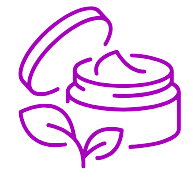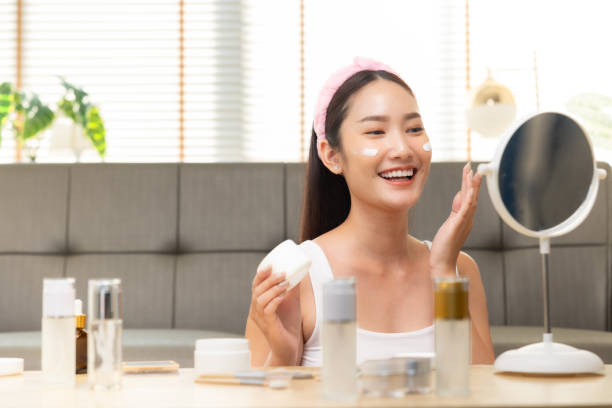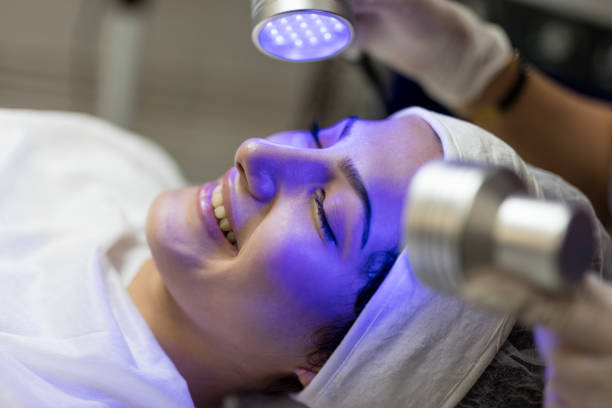Ancient Beauty Rituals from Around the World
In a world where advanced skin care obsessions have reached an all-time high-tech crest, so many have forgotten some of the treasured knowledge our ancestors nurtured. The pursuit of flawless skin is not a singular, ultimate quest of today’s woman; it is as old as time itself. Various cultures have passed down their secrets, potions, lotions, and rituals to their generations. And while high-tech gadgets promise futuristic fixes, it’s in the age-old remedial measures that so many find peace and awe. Fasten your seatbelts as we jet set across the globe to discover skincare practices more varied than the stars in the sky.

First, Japan-land of cherry blossoms, where the secrets of the geisha’s silk-like skin are whispered in the wind. Ever heard of camellia oil? It has been an eternal treasure in Japanese routines of beauty. Sumo wrestlers use gallons for agility; women love it simply because who would not want to have skin softer than a cloud? Each drop tells stories of grace, health, and hydration. Now, here comes the best part: no magic, just simple splashes and soft massages.
Now, let’s fly across hot sands to Egypt. If there’s one name associated with nothing but royal opulence and timeless elegance, it is Cleopatra. She is legendary, not only for her leadership but also for her beauty practices. Milk baths? Cleopatra swore by them. Black seed oil? Liquid gold with magical prowess in Egyptian lore, said to be an elixir that kept Cleopatra’s skin mesmerizingly supple.
Now to India: a kaleidoscope of rioting colors and smells where Ayurveda is king. Turmeric-not just a friend for curry! This modest root is worshipped for its gold touch. Growing up, my granny would mix it with curd, instruct me to “stay still, add a sprinkle of patience,” and voilà: glowing face promised. My teen self never believed it, yet was amazed at this glow as it feverishly washed away the hormonal woes. And let me tell you, neem leaves? Nature’s antidote to drama-blemished skin caused by teen changes.
Time to jump across to Scandinavia as the cold winds slap your face, redder than the juiciest tomato. How do these people manage to look so effortlessly dewy? Enter the sauna. The mighty appeal of the sauna-this steamy symphony of detoxification-said to tuck in the skin and let the anxieties go while you sat in your introspective thoughts over the big puzzles of life. Add to that a splash of icy water, and you have cracked the code for Scandinavian glow.
Down in West Africa, shea butter is queen. But this buttery miracle is no mere skin food-it’s soul food. Moms have soothed crying babies and banished adolescent “owies” with this luxurious, creamy concoction. Well, let it be said, slapping a tub of shea butter into your skincare routine is like inviting the essence of an African savannah right into your bathroom. And just a warning: your cat will most likely try to dine on it, thinking it’s dessert!
Now, westbound to the always spiritual Andes of South America, people, quinoa isn’t just for salads. The ancient Incans kept this grain close to their hearts and slapped it directly on their skin. Legend had it that with quinoa came divine softness and the ability to face the most adverse climatic conditions. Slather on some avocado paste, too-you know, for when your skin needs that little extra love across the equator.
Time-Tested Secrets to Glowing Skin
Imagine Cleopatra lounging in her milk bath—Cleopatra was literally the OG of what we would today refer to as advanced skin care. Yep, sans YouTube tutorials and Instagram, she nailed it. Come with me on this time machine as we discover these age-old beauty tricks and what they can teach grumpy modern people.
Let’s get real—people in ancient times made do without fancy labels. Egyptians slathered on donkey milk and honey; they reckoned this kept their skin as supple as a baby’s bottom. They were swearing by aloe vera, slathering it on sores, swimming in it, and probably even drinking it. Meanwhile, across the dunes, the Greeks were pickling themselves in olive oil. For them, it is said, it was the elixir of life, putting an all-over sheen on everyone that would put the finish on a well-waxed car to shame.
Beyond the border, in the land of coconuts and spices, India took things up a notch with turmeric. That golden spice wasn’t just for curry nights; mixed with gram flour and a hint of rose water, it was perfect as a face mask. According to the Indians, it gave skin a kind of glow that even the gods would envy. Quite strangely, yoga wasn’t just about twisting bodies into the size of a pretzel. The yogis were preaching that the whole head-standing gig is good for blood flow and, subsequently, skin health.
China wanted a piece of the skin sorcery. Those ancient folks out there found some magic in pearls. These, ground into powder, became beauty potions. Skin experts back then would engage in heated debates saying these ocean treasures made the face shine bright as a full moon on cloudless nights. Of course, their indulgence in teas did not stop at drinking them-green tea, precisely-but smearing them on their cheeks, too. It cleaned from inside out and outside in-a win-win if ever there was one.
One old trickster that has to be mentioned would be the Roman empress Poppea. She had a thing for snail concoctions—refined and fit for just about any beauty routine. Snails, yes, slimy little critters that crept into beauty routines millennia before Korean skincare caught on. People whispered, probably grimacing, about the divinely rejuvenating powers of snail goo.
But why bother with these ancient tricks when we live in the era of lasers and mud-thick lotions? Because there is still something to learn. As dreadful as some of these rituals sound—like hugging your shower in the cold of winter—the ethos behind them is to take from nature. It was about using what grows around you and making magic happen. Another plus: not a lot of clutter on the bathroom shelf, if you asked me.
Imagine having ancient beauty sommeliers. Imagine a Middle East market filled with just wafts of scents in the air. Oils and creams looking akin to fine wines, simply waiting to be drunk. Each potion is crafted with care; it is always done with love. These practices loved the use of care rather than quick remedies—something we perhaps need to reflect upon more often.







